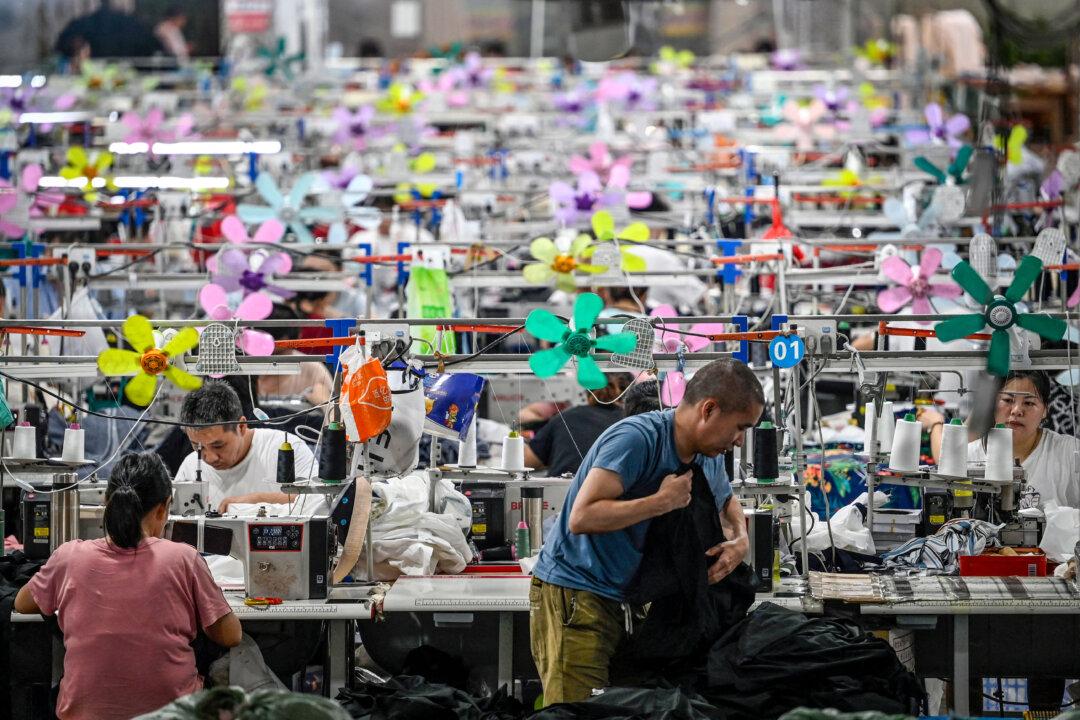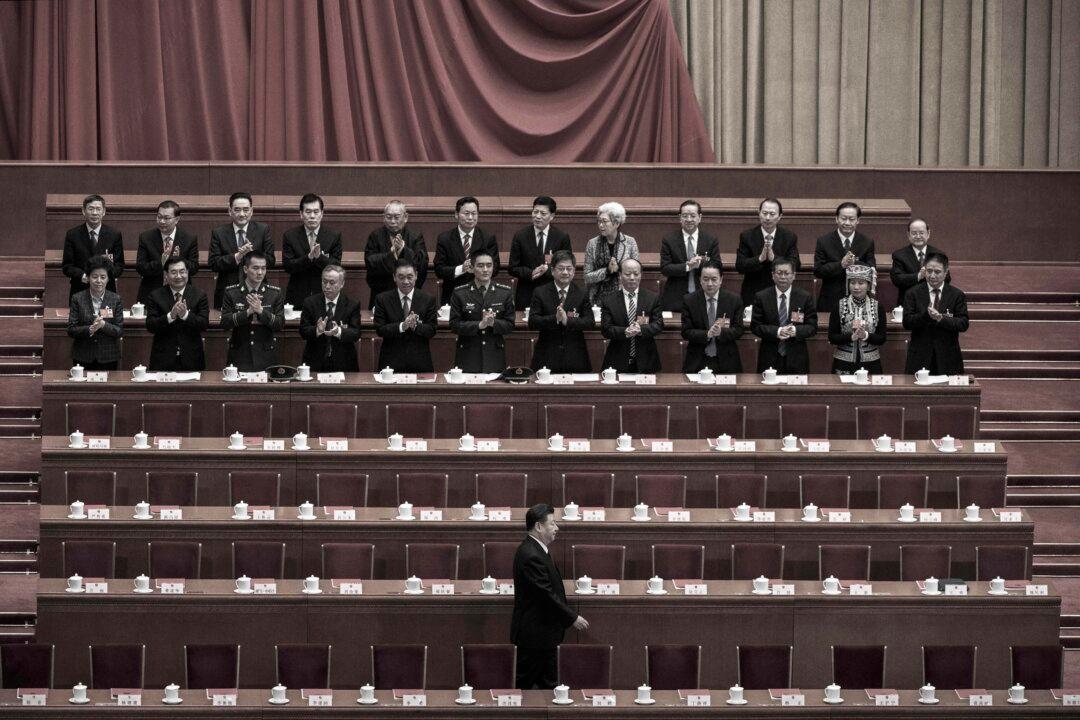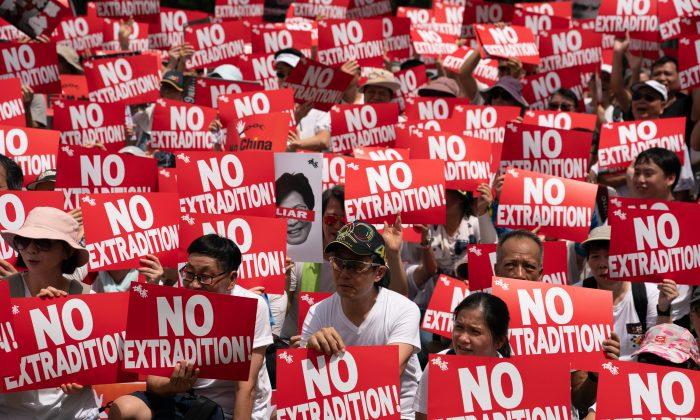The Chinese Communist Party (CCP) finds itself ensnared in a self-inflicted economic imbalance, marked by excessive production and weak consumer demand. Beneath the surface lies a deeper contradiction: an exceptionally hardworking population that sees little return in wages.
In 2023, China topped the world in manufacturing value-added—a key measure of manufacturing activity—reaching $4.8 trillion. This accounted for nearly 29 percent of global output and surpassed the combined total of the next four largest manufacturing economies: the United States (17.2 percent), Japan (5.1 percent), Germany (5.1 percent), and India (2.8 percent), according to data from the United Nations Statistics Division.
Driving this level of productivity are China’s employees, who log some of the longest working hours in the world. In 2024, Chinese workers averaged 46.1 hours per week, compared to 38 hours for American workers, according to the International Labor Organization. In China, “996” has become a well-known shorthand for the grueling work culture—9 a.m. to 9 p.m., six days a week—that is particularly prevalent in the technology and manufacturing sectors.
These figures point to one undeniable reality: the Chinese people are not just hardworking—they are, by statistical measure, among the most industrious in the world. Yet that tireless effort has not translated into proportional income or economic security.
In 2020, then-Premier Li Keqiang publicly acknowledged that 600 million Chinese citizens—nearly half the population—lived on an average monthly income of just 1,000 yuan (about $140).
A 2019 study by the China Institute for Income Distribution at Beijing Normal University found that, among these low-income citizens, 220 million earned less than 500 yuan (about $69 per month), highlighting the severity of poverty affecting a substantial segment of the population.
Meanwhile, according to the latest official data, elderly residents in rural areas rely on pensions averaging just 123 yuan (about $17) per month, barely enough to cover even the most basic living expenses.
It’s worth noting that the wave of Chinese tourists flocking to luxury stores in the United States and Europe before the COVID-19 pandemic represented only a small fraction of China’s 1.4 billion population; even a small percentage amounts to millions—and enough to create the illusion that most Chinese citizens have become wealthy.
Then how can a country that generates the world’s second-largest GDP, and whose people are among the hardest-working on the planet, still have nearly half its population living in poverty?
The answer lies in how wealth is distributed. According to the China Statistical Yearbook 2024, the total wage bill in 2023 was 19.74 trillion yuan (about $2.7 trillion), spread across approximately 740 million employed individuals. That translates to an average annual wage of just about $3,644. In the same year, China’s GDP reached 129.43 trillion yuan (about $17.7 trillion), meaning that wages accounted for only 15.3 percent of GDP—far below the ratios seen in developed economies and closer to levels observed in low-income African countries.
This striking disparity indicates that the wealth generated by China’s working individuals is not flowing back to them. Instead, a disproportionate share is absorbed by the state.
And where does that wealth go?
A significant portion is spent abroad as the so-called foreign aid, with Chinese citizens humorously referring to it as “lavishly throwing money around.”
This spending is widely viewed as a strategic move to secure diplomatic support from countries in the Global South, particularly as the CCP faces mounting criticism over its human rights violations and breaches of international norms.
According to research by Taiwan’s Institute for National Defense and Security Research, since 2009, China has allocated vast sums to domestic surveillance, censorship, policing, and social control, with “stability” expenditures consistently outpacing defense budgets in the years that followed.
Administrative costs are similarly inflated, with China’s bureaucratic spending ranking among the highest in the world.
According to data from China’s National Bureau of Statistics, public sector employees—including civil servants—made up about 18 percent of the workforce in 2013, rising to 23 percent by 2021. This means that by 2021, nearly one in four employed individuals in China drew their income from public funds. It’s noteworthy that in recent years, China has stopped publishing data on the size of its public sector workforce—a move analysts suggest is intended to avoid triggering public concern.
At the same time, widespread corruption and elite capture continue to drain public wealth.
In summary, while the Chinese people are among the most industrious in the world and contribute to the second-largest economy globally, much of the wealth they create is diverted by the CCP—an entity that generates no economic value itself. This fundamental imbalance lies at the heart of China’s persistent income gap: around 600 million citizens live on an average monthly income of less than $140, with an estimated 220 million living on less than $3 a day.







